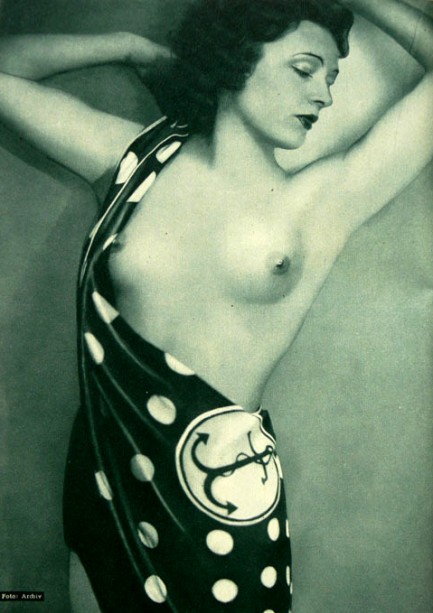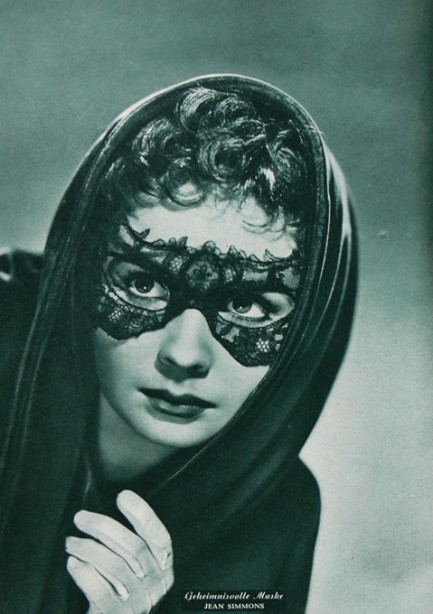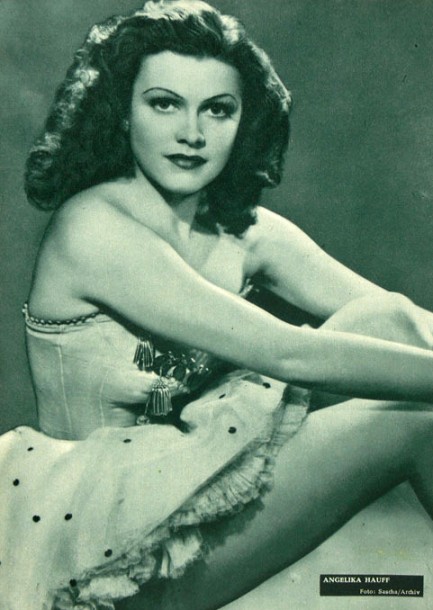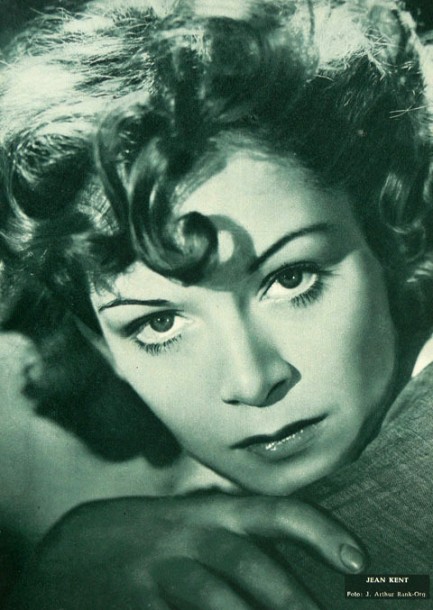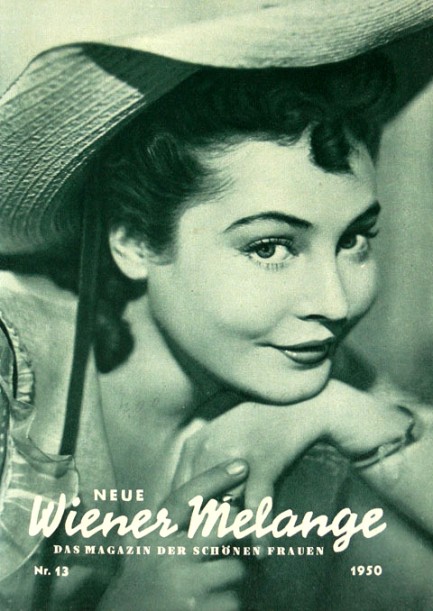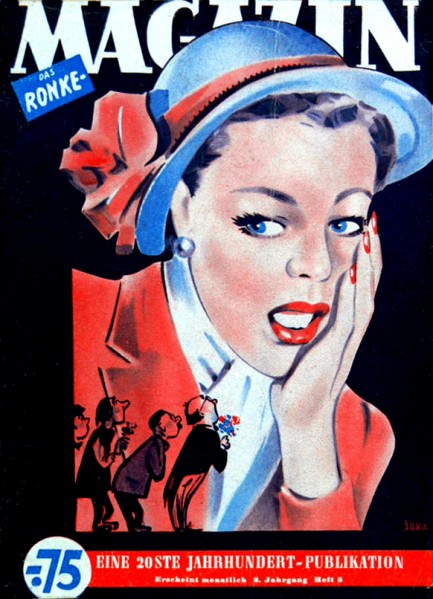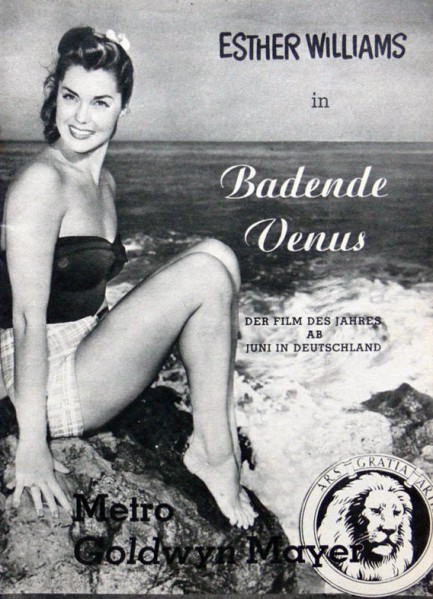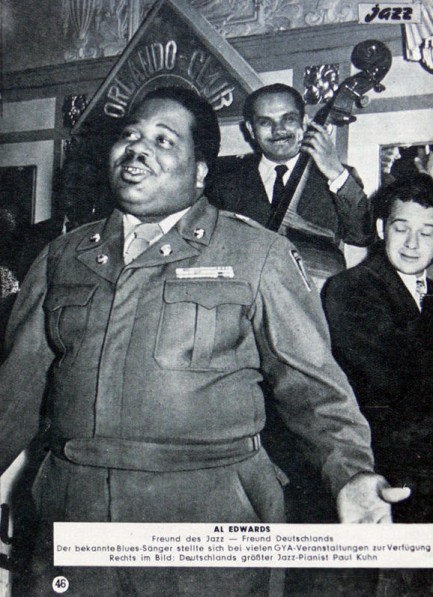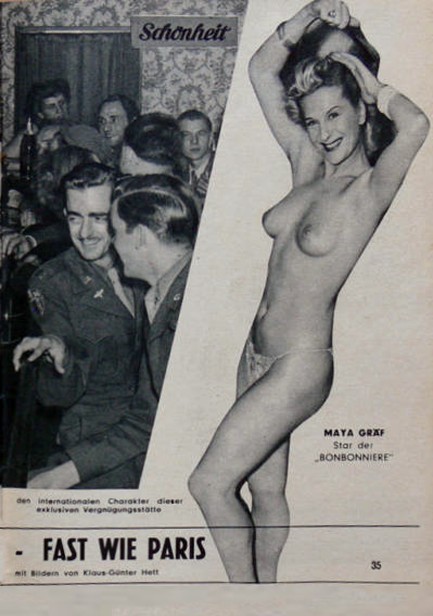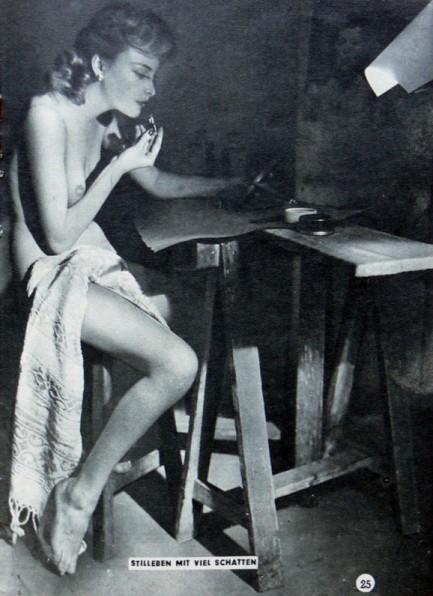 Shhh! Character assassination in progress. 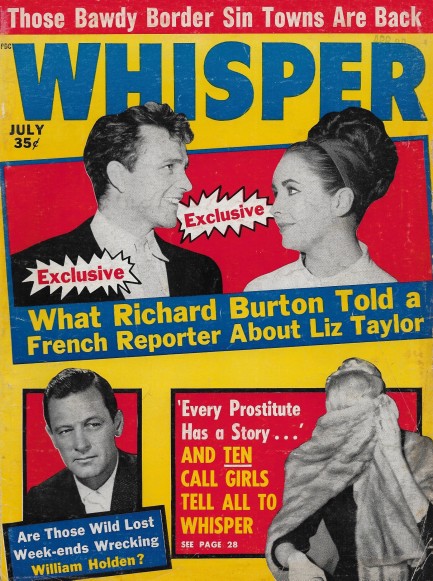 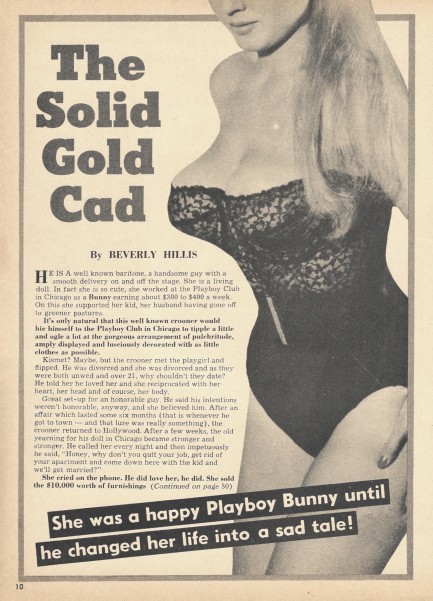 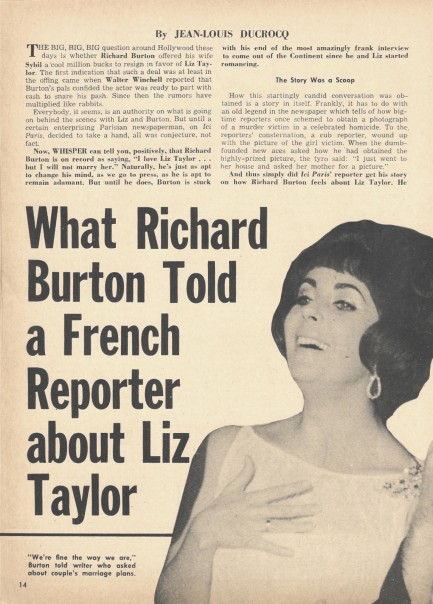  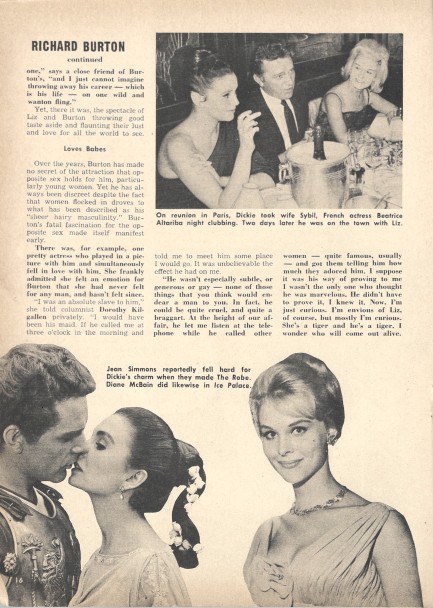 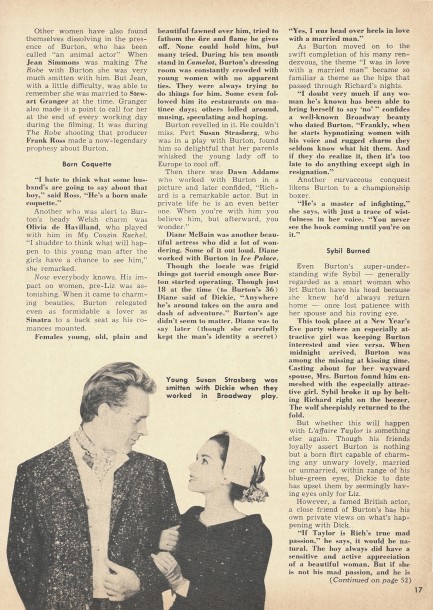 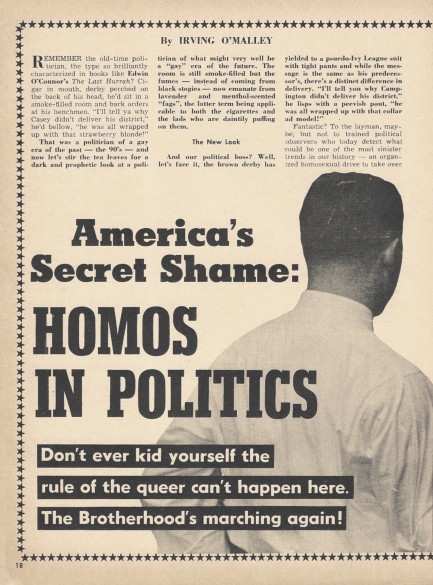 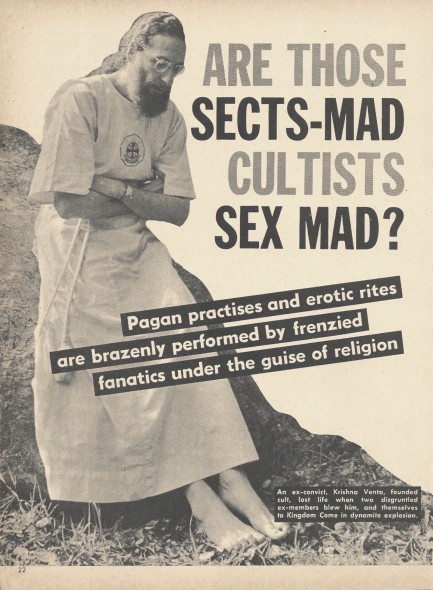 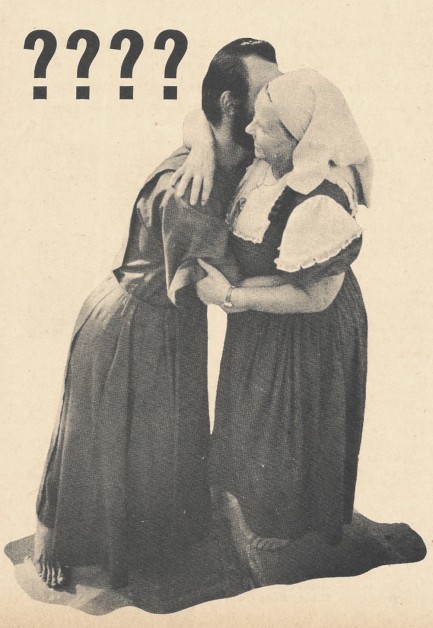  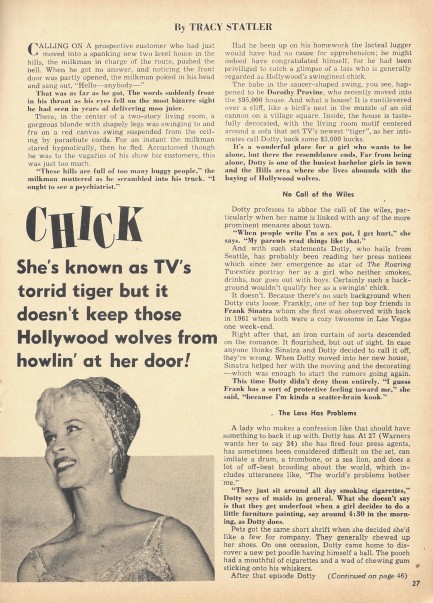 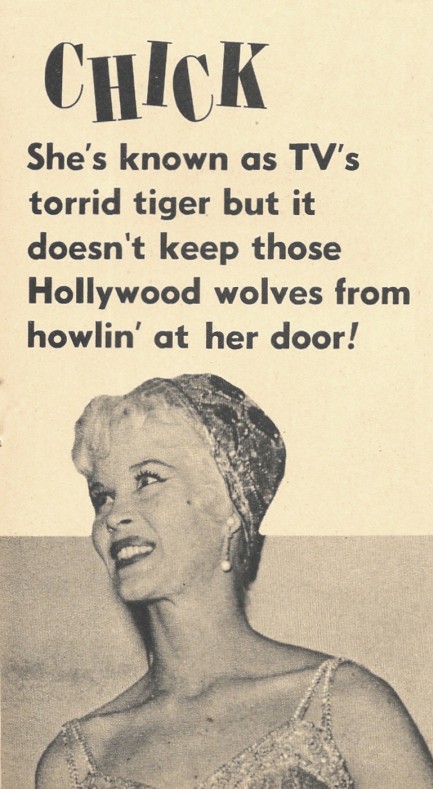 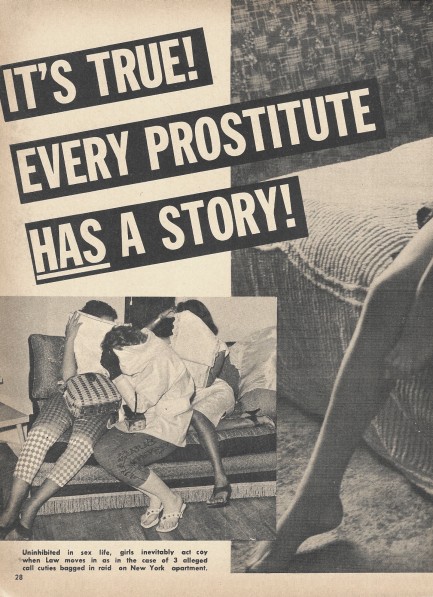 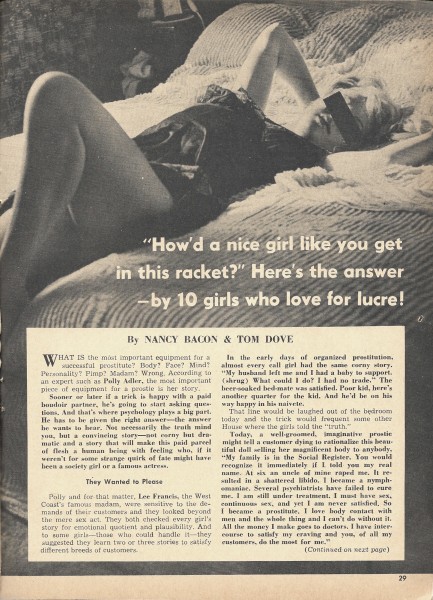 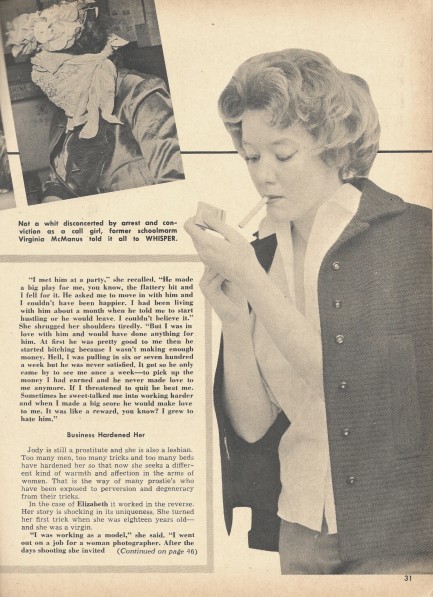 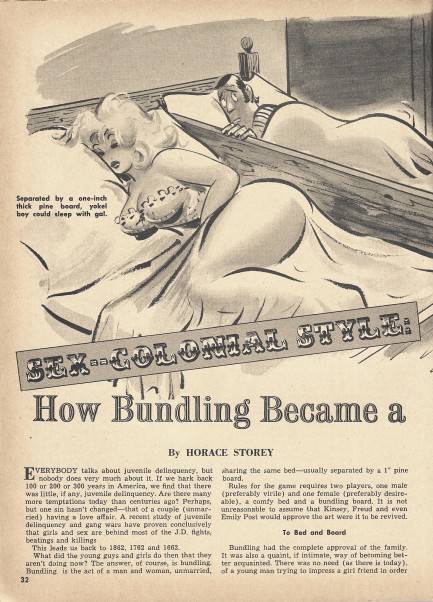 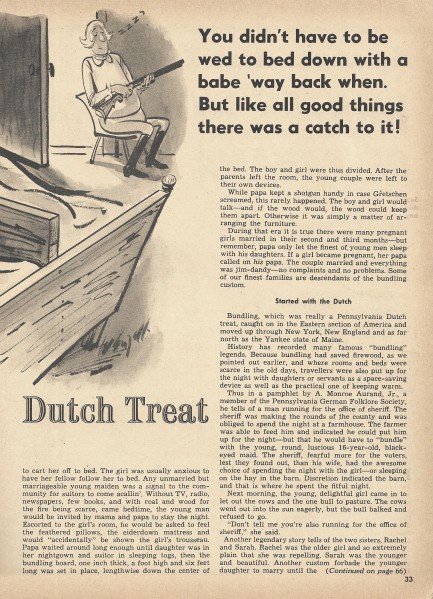 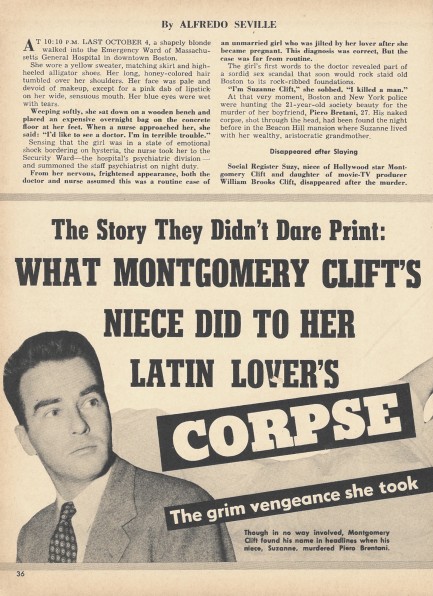 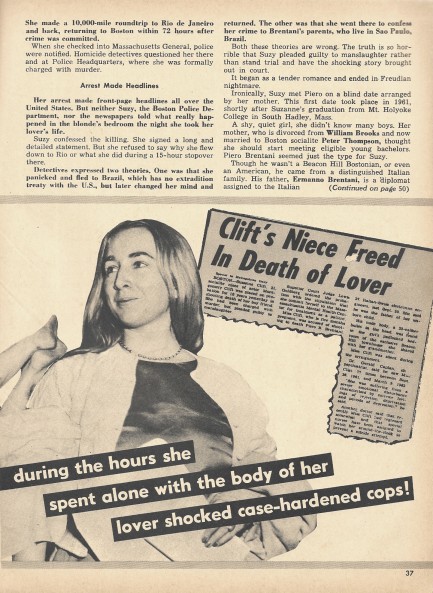 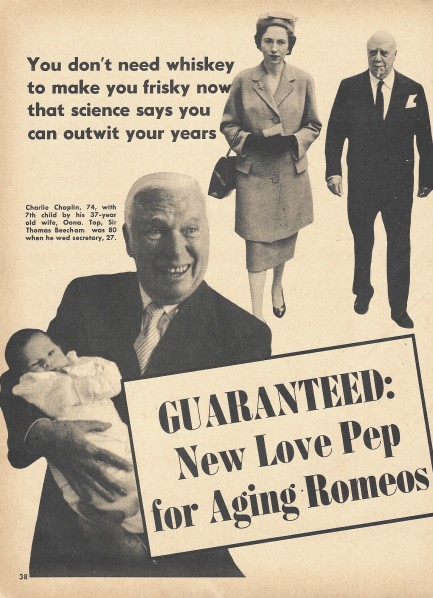 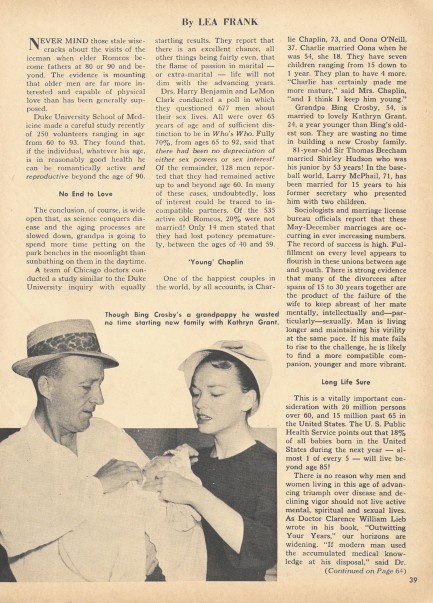 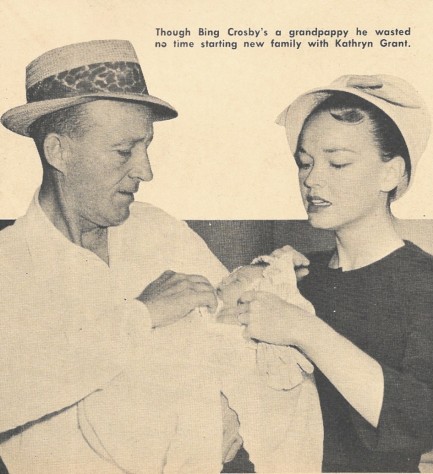 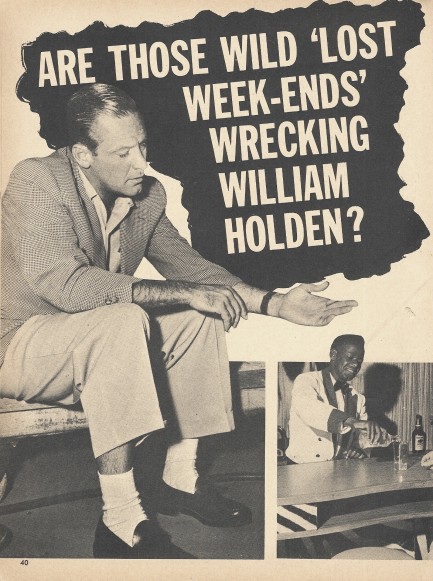 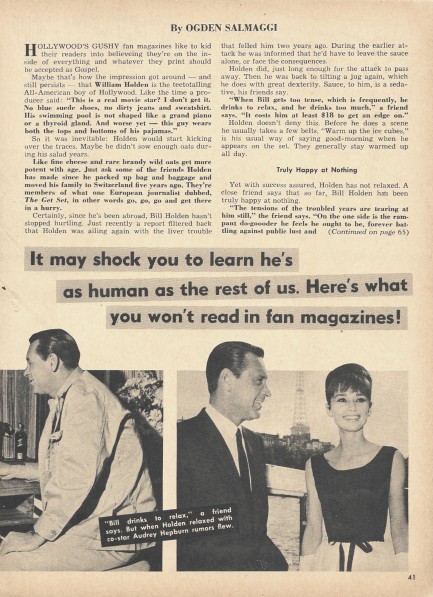   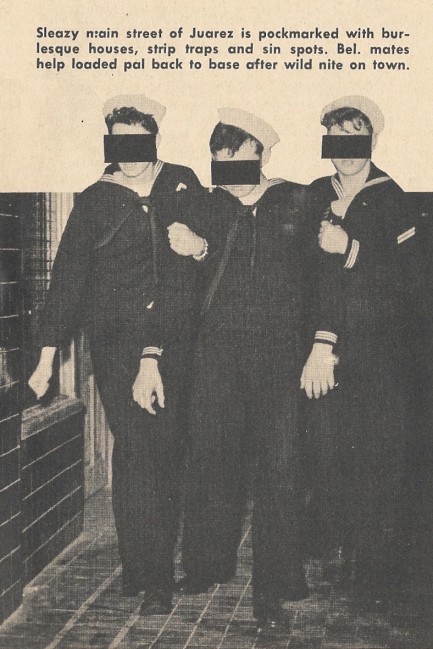
Above are some scans from an issue of the tabloid Whisper published this month in 1963. We've shared hundreds of tabloids over the years, and we always marvel at them. How would you describe the compulsive need to know what's going on in other people's lives? Is it a from of comparison? Is it schadenfreude? Is it envy? The American Psychological Association calls it natural behavior stemming from the fact that humans are social animals curious about what's going on around them. It's why, according to the APA, we gossip about friends and neighbors. Your first thought, in terms of tabloids, might be that celebrities are neither friends nor neighbors. However, the headshrinkers tell us they are. People create parasocial relationships with celebrities, and thus the same dynamic exists. And nobody is immune. Condescending remarks about celebrity gossip are liable to come from people inordinately involved with their favorite baseball player, acclaimed author, or television talking head. Some people let celebrity fashionistas suggest what they should wear, while others who consider themselves above such silliness let television pundits tell them who to hate.
We find mid-century tabloids incredibly interesting, even if everybody being gossiped about is long departed. The robust sales of tabloids on auction sites seems to confirm that we aren't alone. In this issue Whisper digs dirt on numerous titans of celebritydom—Elizabeth Taylor, Richard Burton, Audrey Hepburn, Bing Crosby, Charlie Chaplin, and others. Editors also let their bigot flags fly by predicting “one of the most sinister trends in history—an organized homosexual drive” to take over the U.S. That one still sells in some quarters. We'll have more from Whisper soon.
 Inside Story goes where other tabloids tread—then claims not to have gone there. 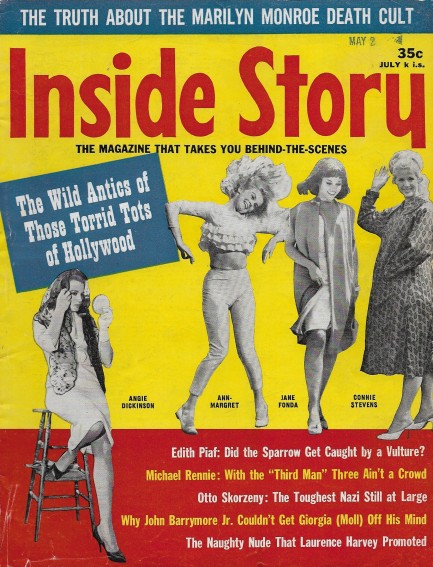
It's been a few years since we posted an issue of Inside Story, but we don't run out of tabloids, we just run out of time to scan them. Today, though, there's time aplenty, so above you see an issue that appeared this month in 1963 with a cover touting a feature on the new generation of young actresses in Hollywood taking over from Brigitte Bardot, Kim Novak, and Marilyn Monroe. At the time, Bardot was twenty-nine and Novak was thirty-five. Those aren't exactly geriatric years for actresses, even back then, but Inside Story said there was a young new guard: Angie Dickinson, Ann-Margret, Jane Fonda, Connie Stevens, Tuesday Weld, and Julie Newmar. Dickinson was actually older than both Bardot and Novak, but we get the general point.
Later in the issue there's a story dedicated to Monroe that describes her fans as a death cult. The interesting aspect of this is that the author Kevin Flaherty accuses people of obsessing over Monroe—while himself obsessing over Monroe. The gist of his article is that a cottage industry of films, books, and magazine articles were cashing in on her suicide, which had occurred the previous August. This was, of course, shaky ground for any tabloid to tread upon, as they all made their profits via unauthorized articles about various celebrities, which one could define as exploitative by nature. But never let the facts get in the way of a good story angle.
Flaherty tells readers that Monroe's life was marred by abandonment, depression, and rape, and suggests that if she had been given a little peace by constantly clamoring fans and intrusive reporters she might not have taken that fatal dose of pills. We think it's just as valid to conclude that without stardom she wouldn't have lasted as long as she did. Since she isn't around anymore to speak for herself (she'd be ninety-six this year), we view her on the terms she chose. She started as a model and worked hard to become an actress, and we think those achievements are far more important than what she had no control over. But there will always be debate over Monroe's legacy, and Inside Story shows that the discussion was already in full swing. Twenty-plus scans below.
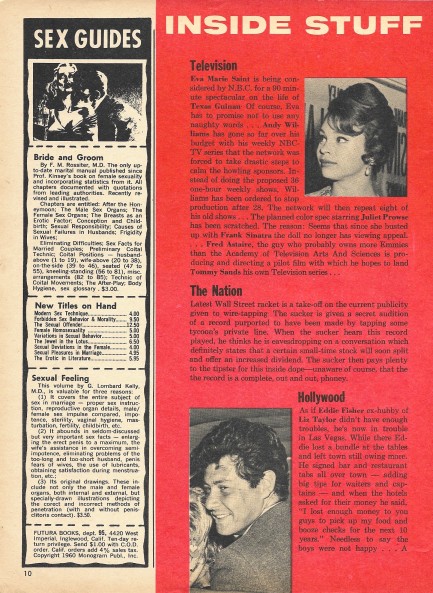 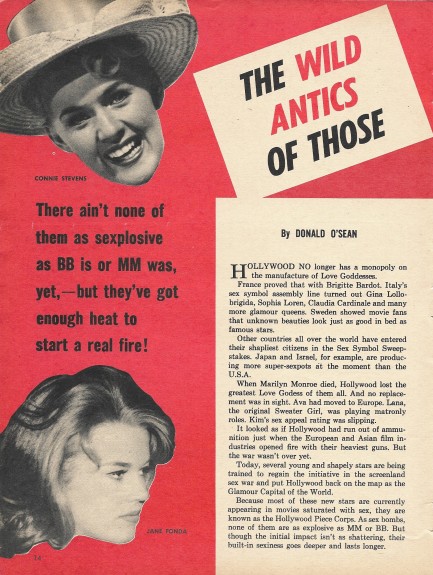 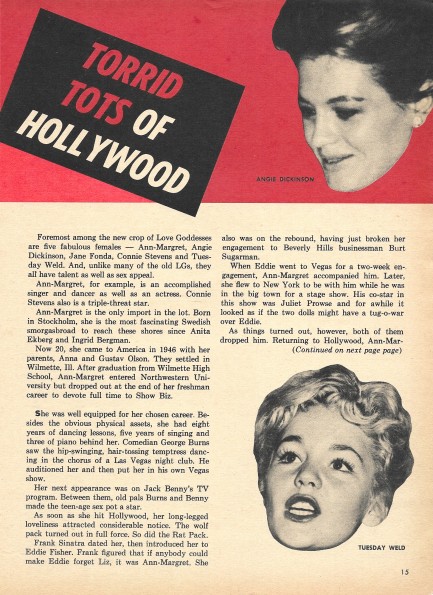 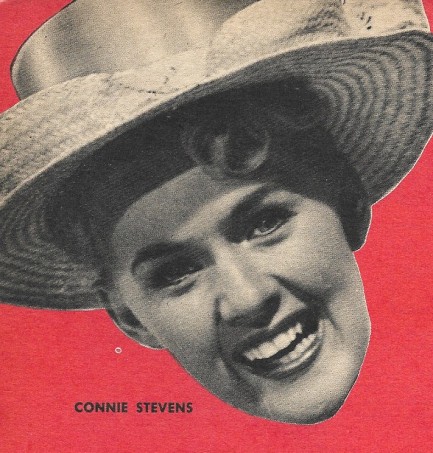  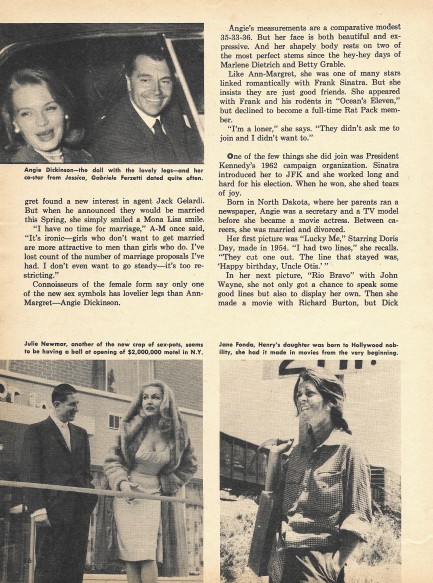 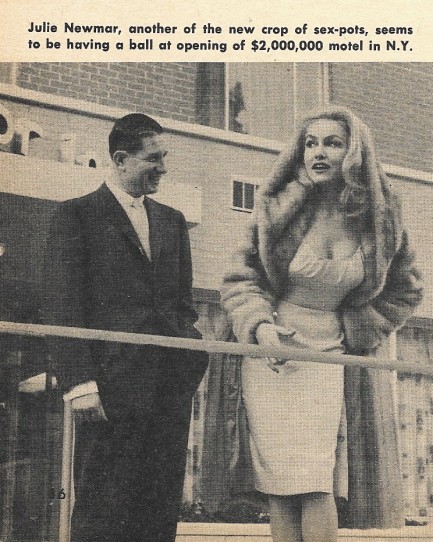 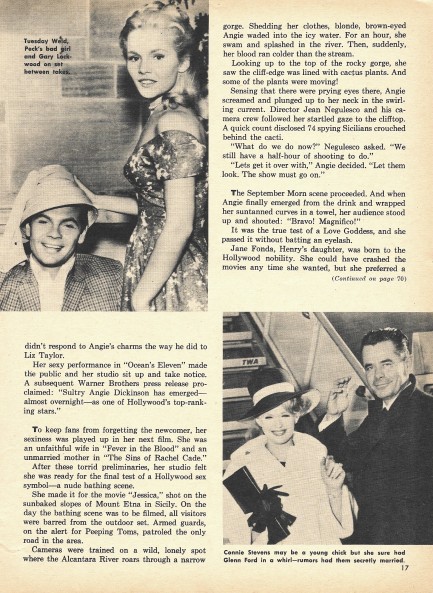 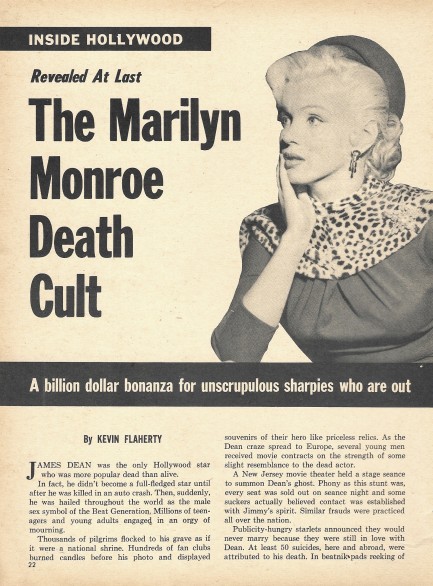 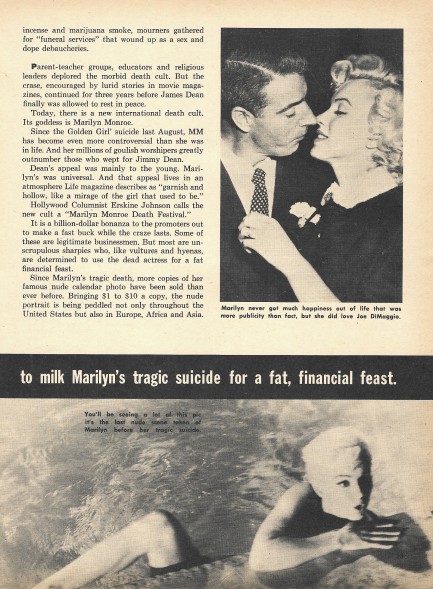 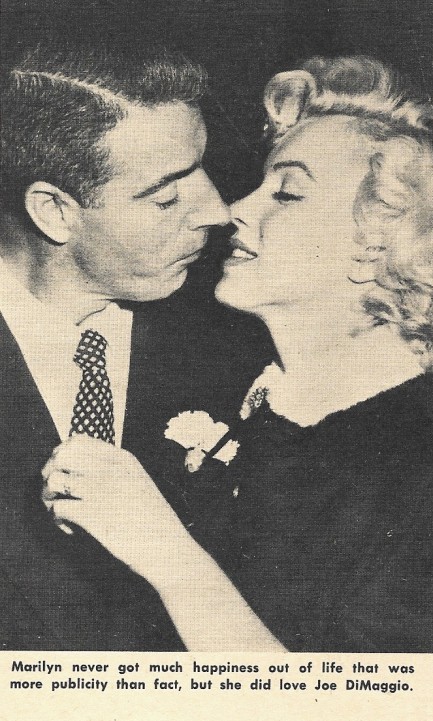  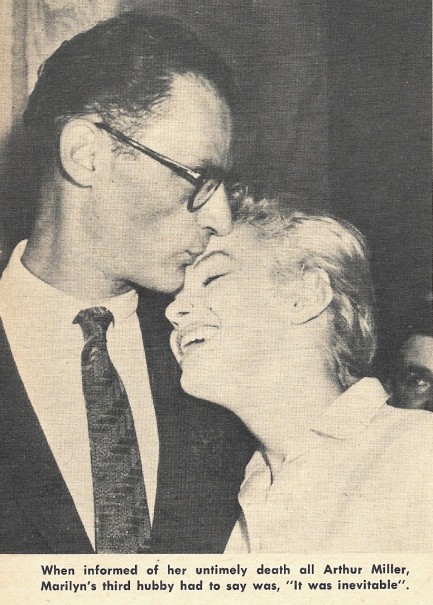  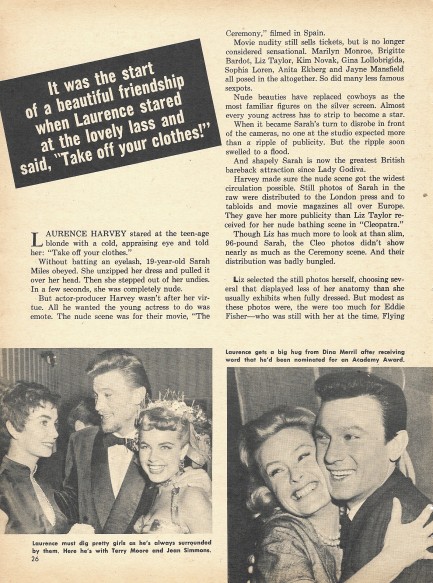 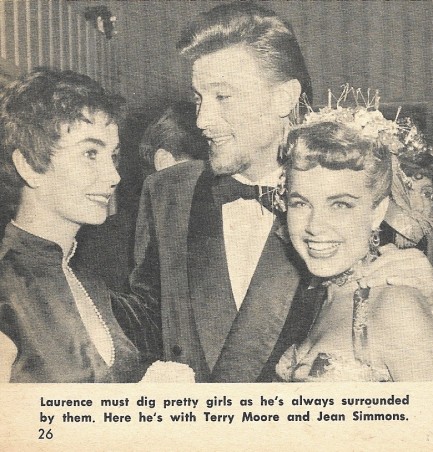 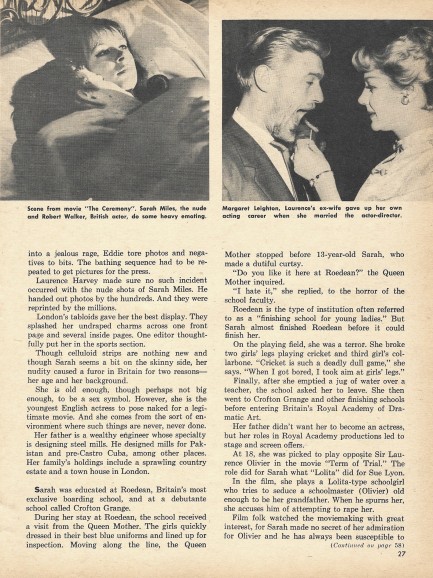 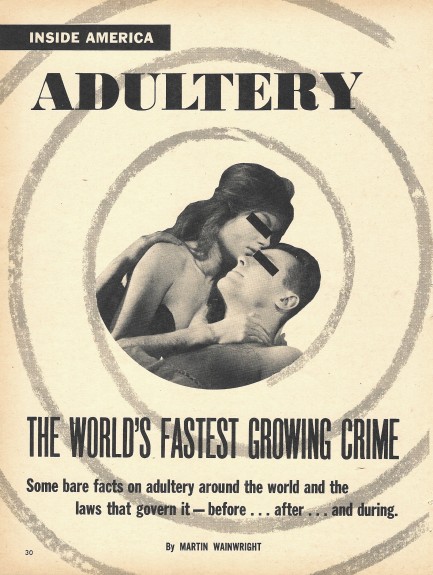  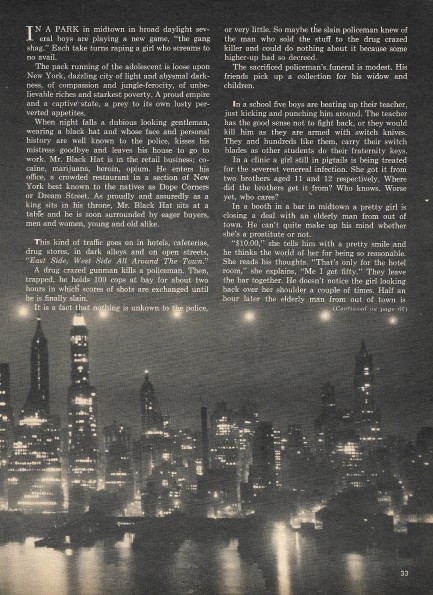 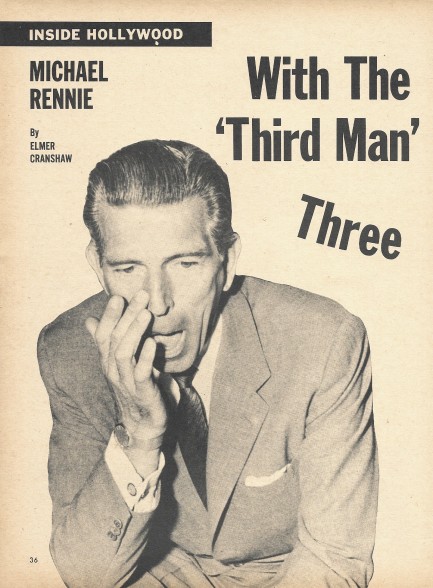 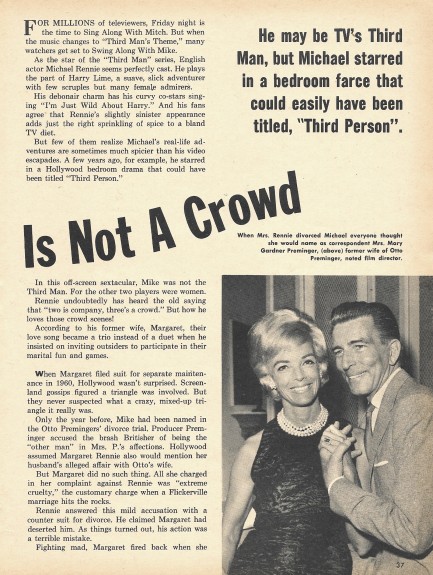 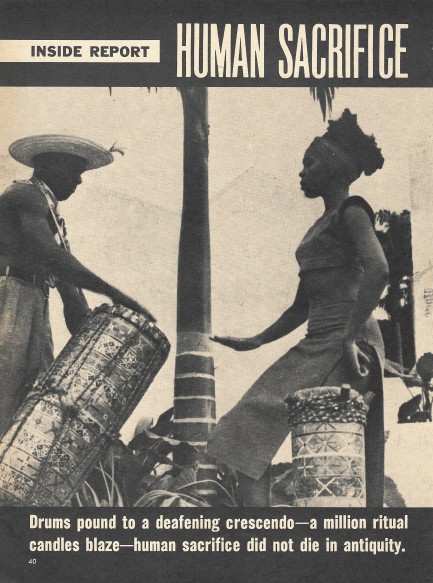 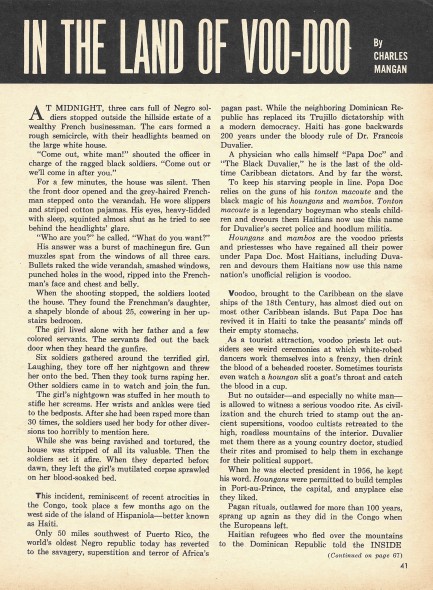 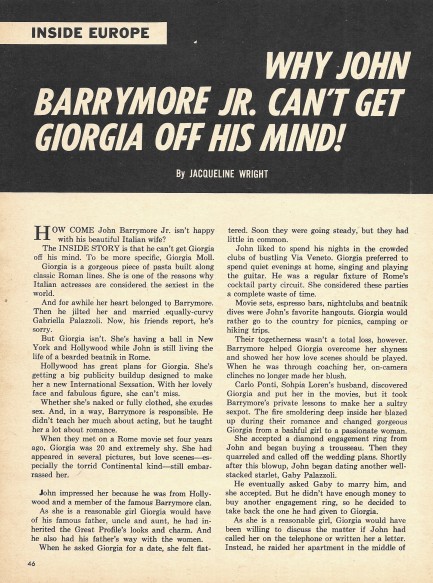 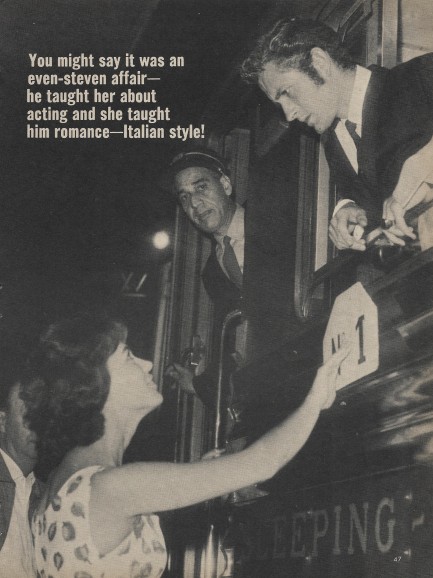 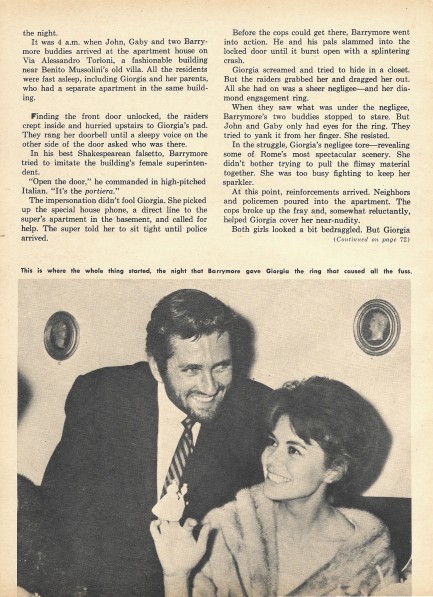 
 Does this look like the face of a homicidal maniac? 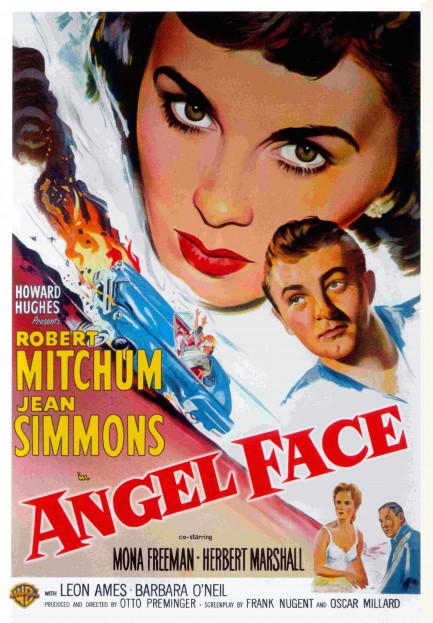 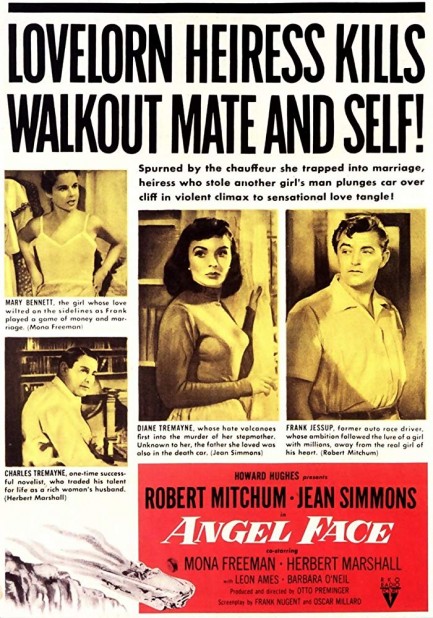
Above are two nice posters for the film noir Angel Face, starring Jean Simmons as an incredibly sneaky nineteen-year-old who wants to kill her stepmother, and Robert Mitchum as a hapless chauffeur who finds himself sucked into the plot. The movie opened in the U.S. today in 1953. The bottom poster, made to look like a tabloid cover, in true tabloid style gives everything away. We debated posting it, but decided to do it for historical purposes, because this is the only promo poster we've ever seen that explicitly gives away the ending of the film it promotes. Is it still worth watching? We think so.
 But I only want to kill my stepmom and take her money. What’s the big deal? 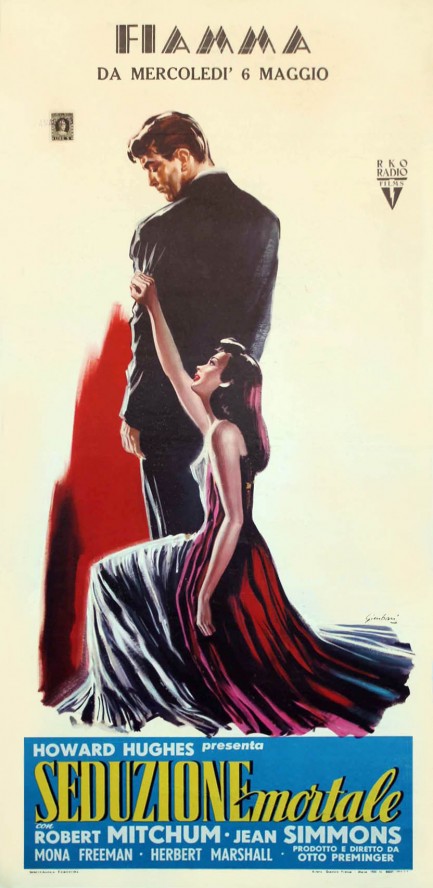
First things first—this poster was painted by Nicola Simbari, yet another genius from the ranks of Italian illustrators, someone who today is thought of as one of Italy’s most important modern artists and has pieces hanging in museums all over the world. He painted the above masterpiece for the Howard Hughes produced Seduzione mortale, known in the U.S. as Angel Face. It's the story of a man who tries to trade up to a richer, flashier girlfriend and ends up entangled in a murder plot. Robert Mitchum stars as the fickle hero, Jean Simmons co-stars as the femme fatale, Mona Freeman is the loyal girlfriend, and Jim Backus—aka Mr. Howell from Gilligan’s Island—is a tough district attorney. This one is worth watching for the cringe-inducing central killing alone, which ranks top five in the annals of film noir for sheer brutality. Mitchum is good as always, Simmons less so due to her occasional tendency to act! rather than act, but that’s a minor issue. The movie works. It's well scripted by a trio of writers with an assist from Ben Hecht, and nicely directed by Otto Preminger. Best line in the film: “Is rigging a car like he says a very complicated thing? Or could anyone do it? Even a woman?” Ah yes, film noir—sexy and sexist. But there’s a real lesson there—never teach a femme fatale how a car’s transmission works. You’ll regret it.
Angel Face opened in the U.S. in late 1952 and premiered, according to all the sources we checked, in Italy today in 1953. But the poster at top advertises a premiere at a Rome cinema called the Fiamma on 6 May, 1953. Which date is right? Possibly both. April 18, 1953 was a Saturday, which would be a typical day for a film’s run to commence. May 6 was a Wednesday—not typical for launching a wide release. We suspect the poster was made for a special engagement, probably one night only. But we’re only guessing. We may have to slot this question in the unanswered file. There are only so many things you can figure out from a computer terminal after all. We have another poster below, plus two nice promos. 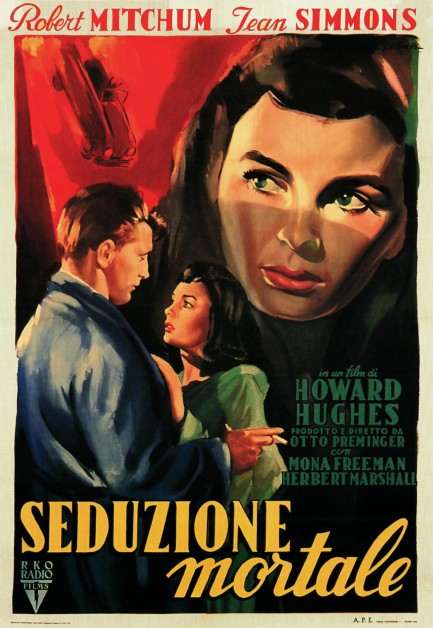 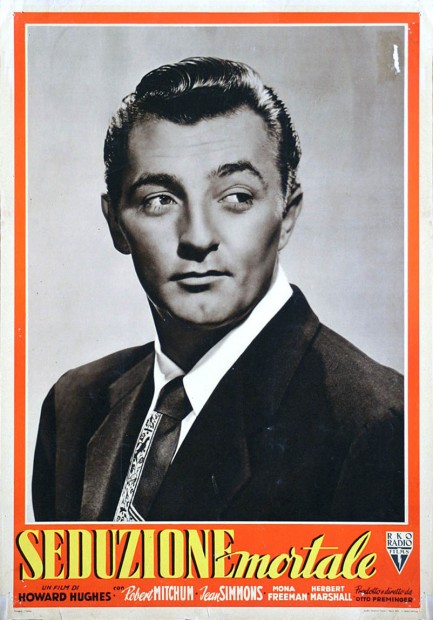 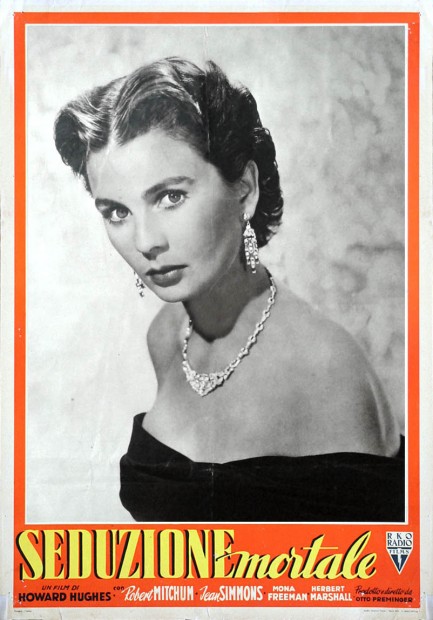
|
 |

The headlines that mattered yesteryear.
2003—Hope Dies
Film legend Bob Hope dies of pneumonia two months after celebrating his 100th birthday. 1945—Churchill Given the Sack
In spite of admiring Winston Churchill as a great wartime leader, Britons elect
Clement Attlee the nation's new prime minister in a sweeping victory for the Labour Party over the Conservatives. 1952—Evita Peron Dies
Eva Duarte de Peron, aka Evita, wife of the president of the Argentine Republic, dies from cancer at age 33. Evita had brought the working classes into a position of political power never witnessed before, but was hated by the nation's powerful military class. She is lain to rest in Milan, Italy in a secret grave under a nun's name, but is eventually returned to Argentina for reburial beside her husband in 1974. 1943—Mussolini Calls It Quits
Italian dictator Benito Mussolini steps down as head of the armed forces and the government. It soon becomes clear that Il Duce did not relinquish power voluntarily, but was forced to resign after former Fascist colleagues turned against him. He is later installed by Germany as leader of the Italian Social Republic in the north of the country, but is killed by partisans in 1945.
|

|
|

It's easy. We have an uploader that makes it a snap. Use it to submit your art, text, header, and subhead. Your post can be funny, serious, or anything in between, as long as it's vintage pulp. You'll get a byline and experience the fleeting pride of free authorship. We'll edit your post for typos, but the rest is up to you. Click here to give us your best shot.

|
|





































































